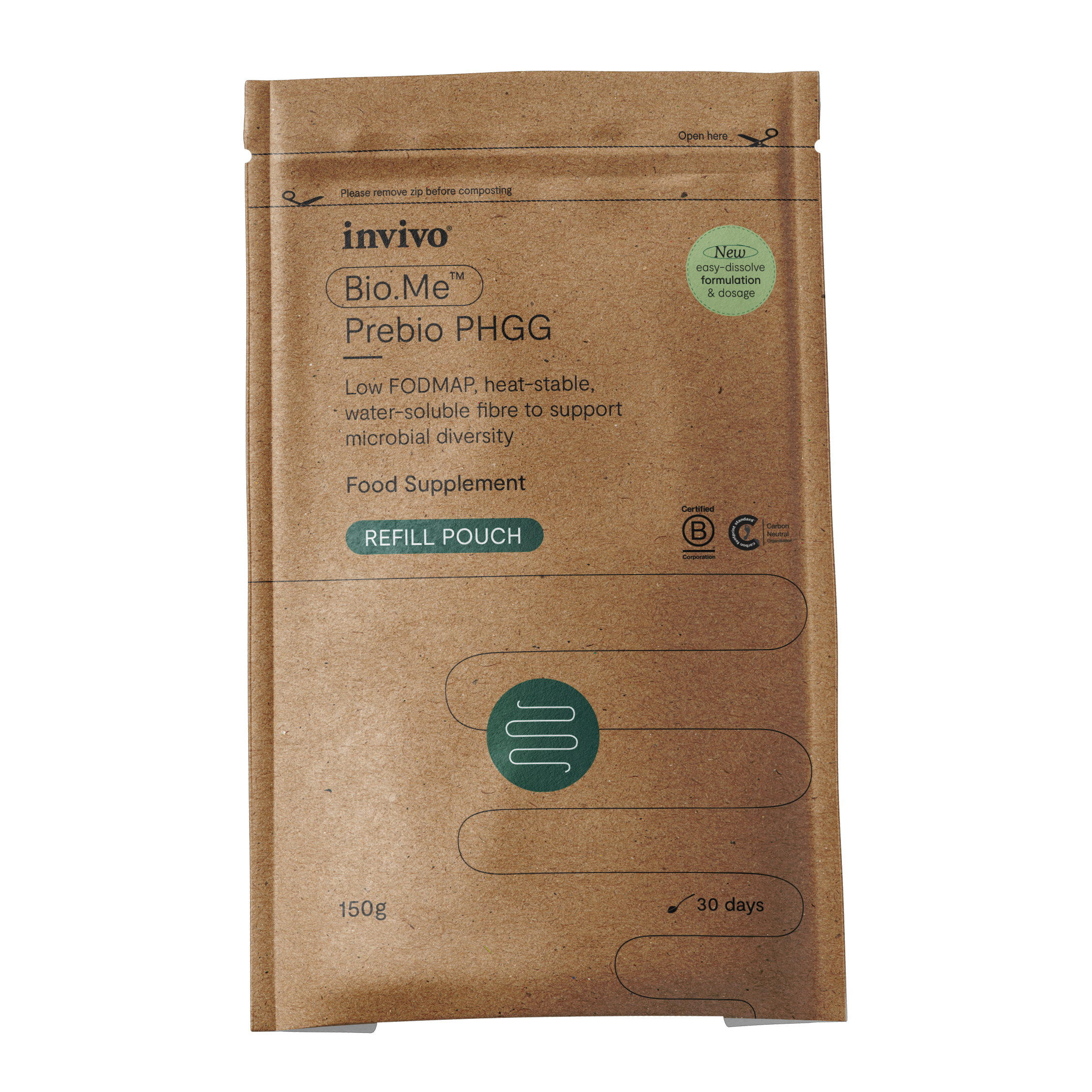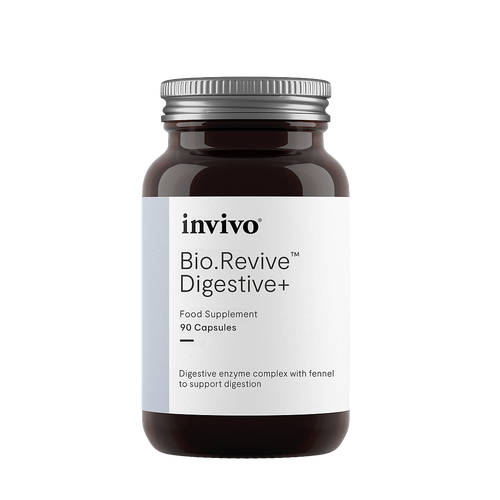Survival Test
Resistance to gastric acid, pepsin, pancreatin and bile salts is essential for the efficacy of probiotic bacteria. To measure survivability through the GI tract, Winclove developed an in vitro simulation in collaboration with the University of Maastricht.
In this model, the pH and the addition of pepsin, pancreatin and bile are regulated to simulate the passage through the GI tract as illustrated figure 1. The total cell count of the probiotic product is being measured at four different times: after rehydration of the product (T = 1⁄4h), after stomach simulation (T = 11⁄4h), approximately 1,5 hours after addition of bile and pancreatin (T = 3h) and at the end of the test (T = 6h). The experiment was executed at 37°C.
-yreiza.png)
Results
Throughout the GI tract the amount of living cells (cfu/g) is stable, decreasing less than one log throughout. Therefore, adequate amounts of probiotic survive for the product to be effective in vivo (see figure 2).
-xdszo3.png)
Metabolic Activity Test
Metabolic, or biological activity, is one of the most important parameters for the quality of a probiotic product. It is even more important than the amount of colony forming units (cfus) in the product.
Bacterial cells can be damaged in such a way that they still survive, but can no longer reach their full activity level, by certain exposures such as the GI tract, addition of ingredients, etc. These cells will be counted in a viable cell count, but do not have much value for the product.
The production of lactic acid is a health promoting factor of probiotics, which can be used as an indicator for the metabolic activity of probiotic bacteria. The more lactic acid produced, the more metabolically active they are.
After simulation of passing through the stomach, the production of lactic acid by the probiotic bacteria was measured over time.
Figure 3 shows the significant increase in metabolic activity with the addition of PROBIOACT®.
-dlxnff.png)




